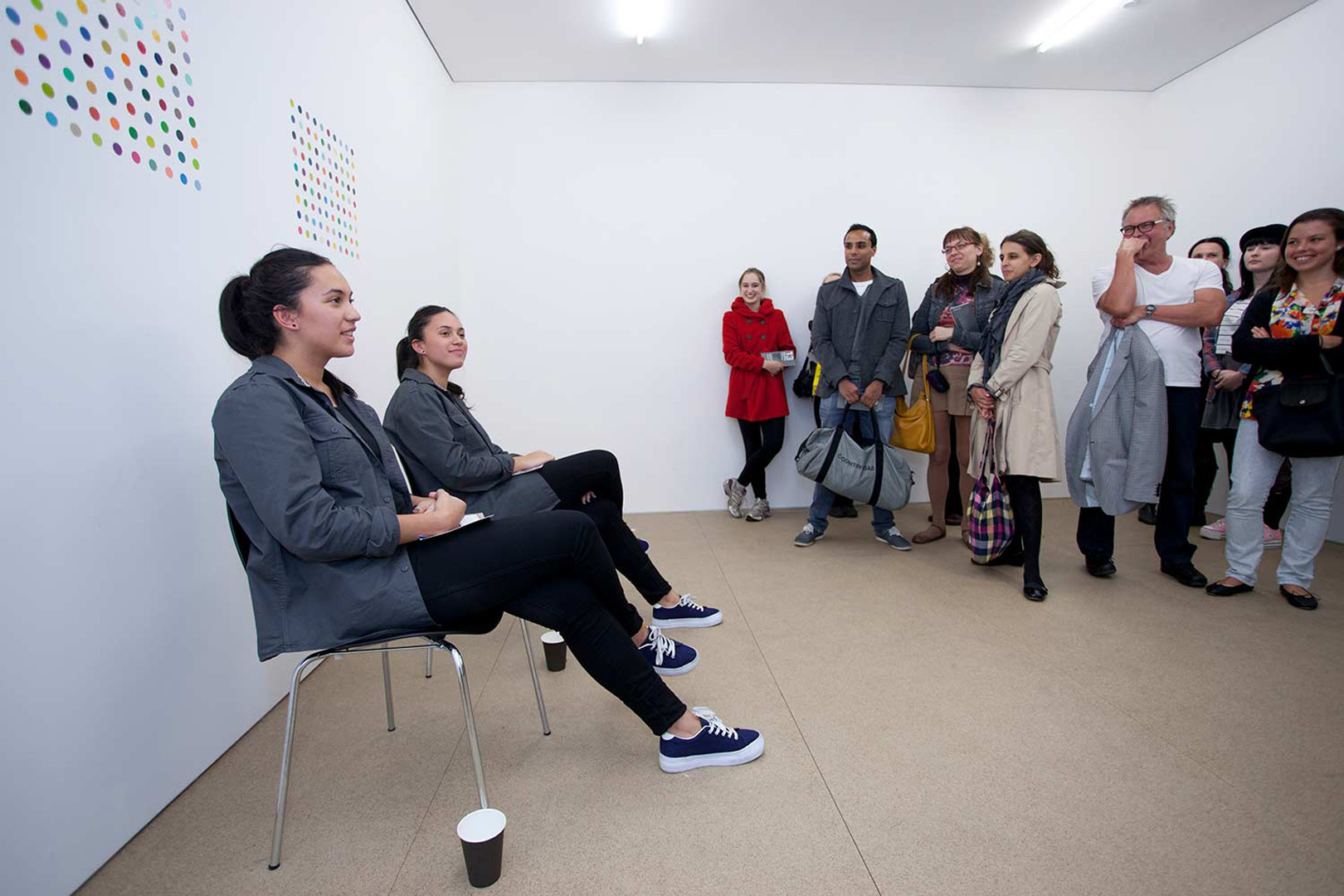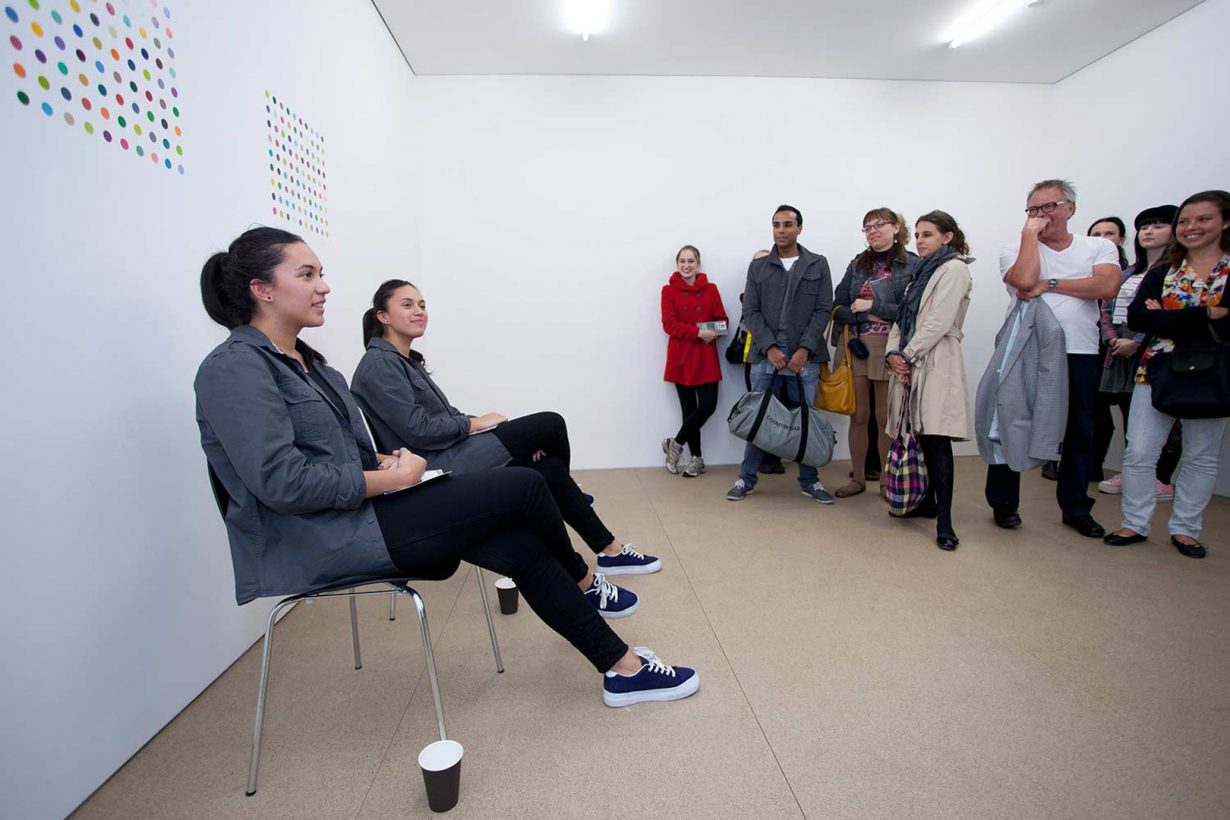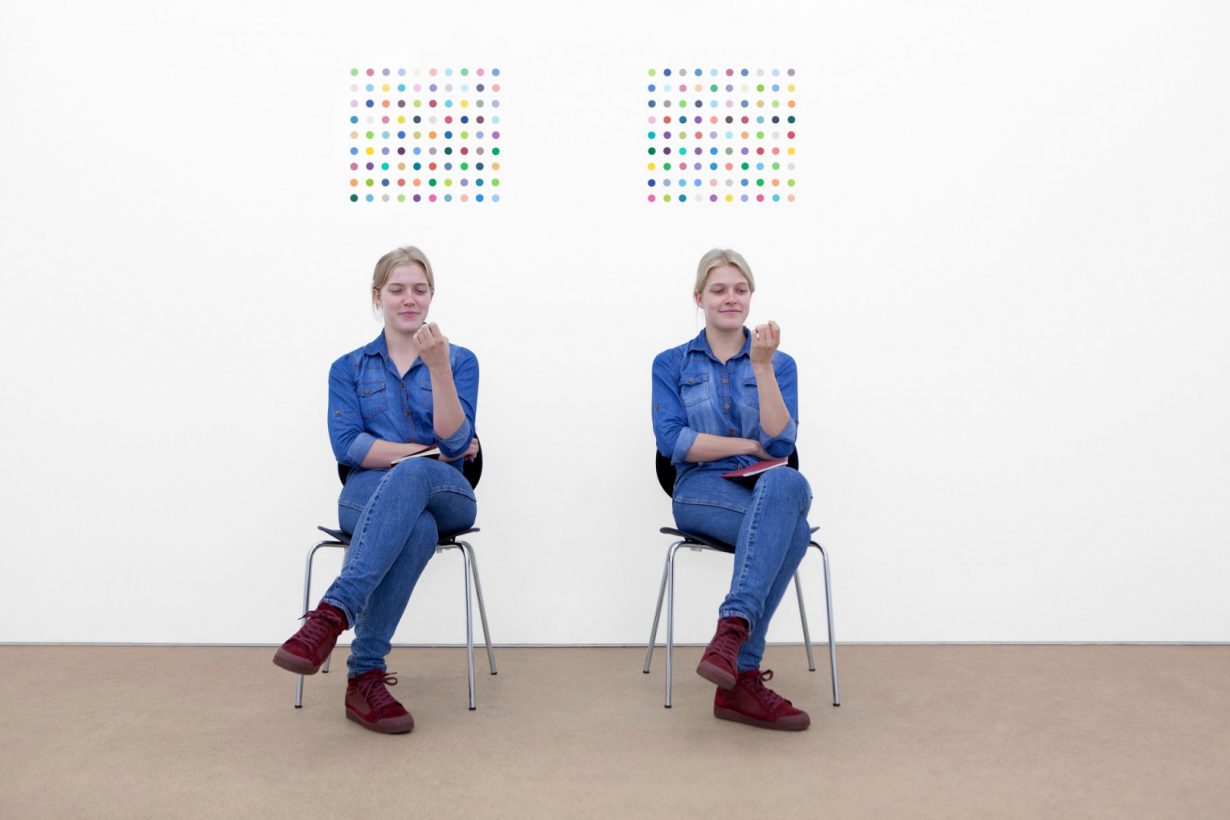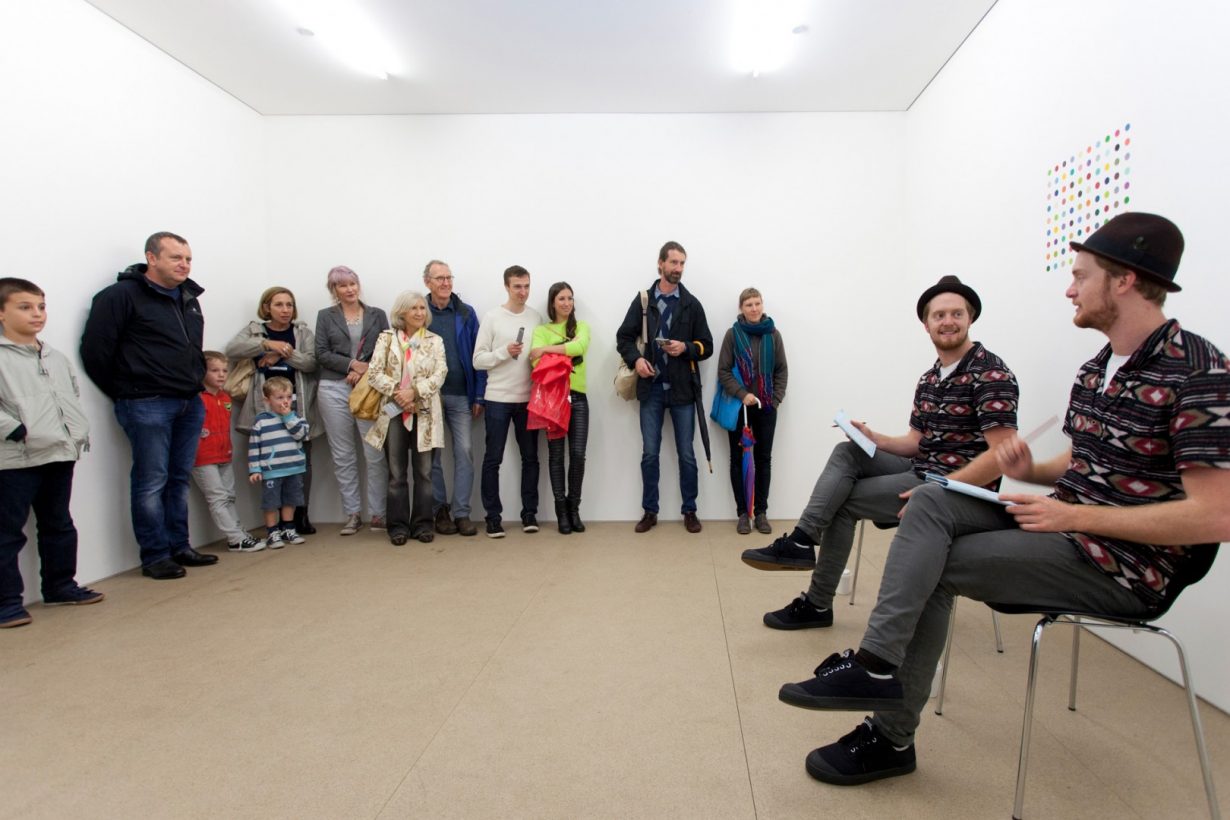An Emotional Tour of 13 Rooms
ALANA AMBADOS
It had a wider impact than just doing an essay for uni. It was more about how can we share that—the thing that sparked the joy and the interest in art for us in the first place?

In 2013 Alana Ambados undertook an internship at Kaldor Public Art Projects in connection with Project 27: 13 Rooms. As an undergraduate in Art Education, she worked with the education team to produce a guide that would introduce young people to the key concepts of performance art, with the final product being a concertina style book with pages that looked like doors. Opening each page was like opening the door to a room, with activities that related to the project rooms.
Alana appreciated being given the autonomy and responsibility to develop ideas that would be put into practice in a significant art project:
It had a wider impact than just doing an essay for uni. It was more about how can we share that—the thing that sparked the joy and the interest in art for us in the first place?
As part of the education team, Alana gave tours for small groups, such as families or people living with dementia. She vividly recalls taking one such group to the room by Damien Hirst, in which identical twins sat in front of two of his spot paintings. After a brief conversation with one of the twins, an elderly lady began to sing the early 20th-century music hall song, It’s a Long Way to Tipperary. The man next to her joined in, and before long everyone in the room was singing along:
Music recalls memory and emotion, and because people with dementia might find it difficult to express how they’re feeling, music is a way that they can show joy and enjoyment and happiness. And that was so powerful for me.
Alana continued her engagement with Kaldor Public Art Projects by returning to work on Project 30: Marina Abramović: In Residence as guest Education & Public Programs Coordinator, taking three weeks leave from her full-time job to participate. Despite the temporary nature of the projects, she notes a continuum underlying them, of opportunities being provided for emerging artists and arts professionals to gain valuable experience by contributing to the successful delivery of art projects:
It becomes about a collective ownership of that work—that’s our artwork, that’s in our space and we helped deliver that, and it lives on through that collective memory. It’s a way of building the community of people who work in the arts, so that it’s building everyone up, so that the whole industry becomes better.




